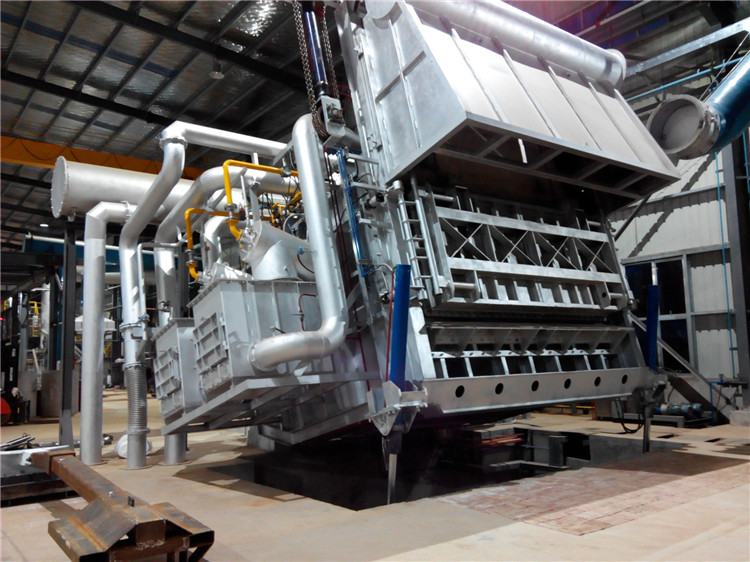NEWS&EVENTS
In addition to factors such as furnace congestion and slow melting of charge, another important reason that affects lead smelting in a reverberatory furnace is lead leakage from the fire wall. When adding charge, the lead liquid level at the bottom of the furnace rises and exceeds the height of the water jacket of the fire wall. Due to the masonry method and the materials used, sand holes or cracks appear. At high temperatures, the fluidity of lead is very good, and it will flow into the fire chamber from these sand holes or cracks, blocking the grate bars. In severe cases, it will block the tuyere, making it difficult to heat up and melt the charge, forcing workers to increase their labor intensity, and directly affecting production.Take the following improvement measures for furnace stagnation: To prevent the formation of furnace stagnation, on the one hand, Fe3O4, FeS, etc. in the charge should have sufficient slag-forming conditions during the smelting process, so that they can all enter the slag or matte, and try to remove the free furnace stagnation. If it forms a slag shell, it needs to be broken and removed after breaking; on the other hand, a stable high temperature should be maintained to ensure that high-melting-point substances cannot precipitate. Once the furnace stagnation is formed, countermeasures must be taken for the cause of formation. Wash the furnace, empty the lead, and leave the bottom lead. If necessary, Na₂CO3 can be added appropriately to reduce the melting point of the furnace stagnation, increase and maintain a stable high temperature to facilitate slag melting, and finally quickly add pure lead from the feed port. The lead liquid level rises to the bottom of the slag discharge port, and the slag is removed; on the other hand, the technical level and sense of responsibility of the operator and the fireman should be strengthened.

The following measures are taken to address the slow melting of the charge: Increase and maintain the technical temperature of the melted charge: Adjust the normal required blast volume, use a blast motor and impeller that meet the technical requirements (5.5kW motor, blast volume of 3900Nm³/h, to ensure smooth air supply duct); The thickness of the coal layer in the fire chamber is generally 100~200mm. When it is too thin, the grate bars are in direct contact with the high-temperature combustion reaction zone, which can easily burn the grate bars; when it is too thick, it will hinder the amount of air blown in, causing the coal to burn incompletely or slowly in the fire chamber, and the temperature cannot meet the technical requirements.
Starting from the above perspectives can well deal with the factors affecting the lead smelting in the reverberatory furnace, thereby improving efficiency.